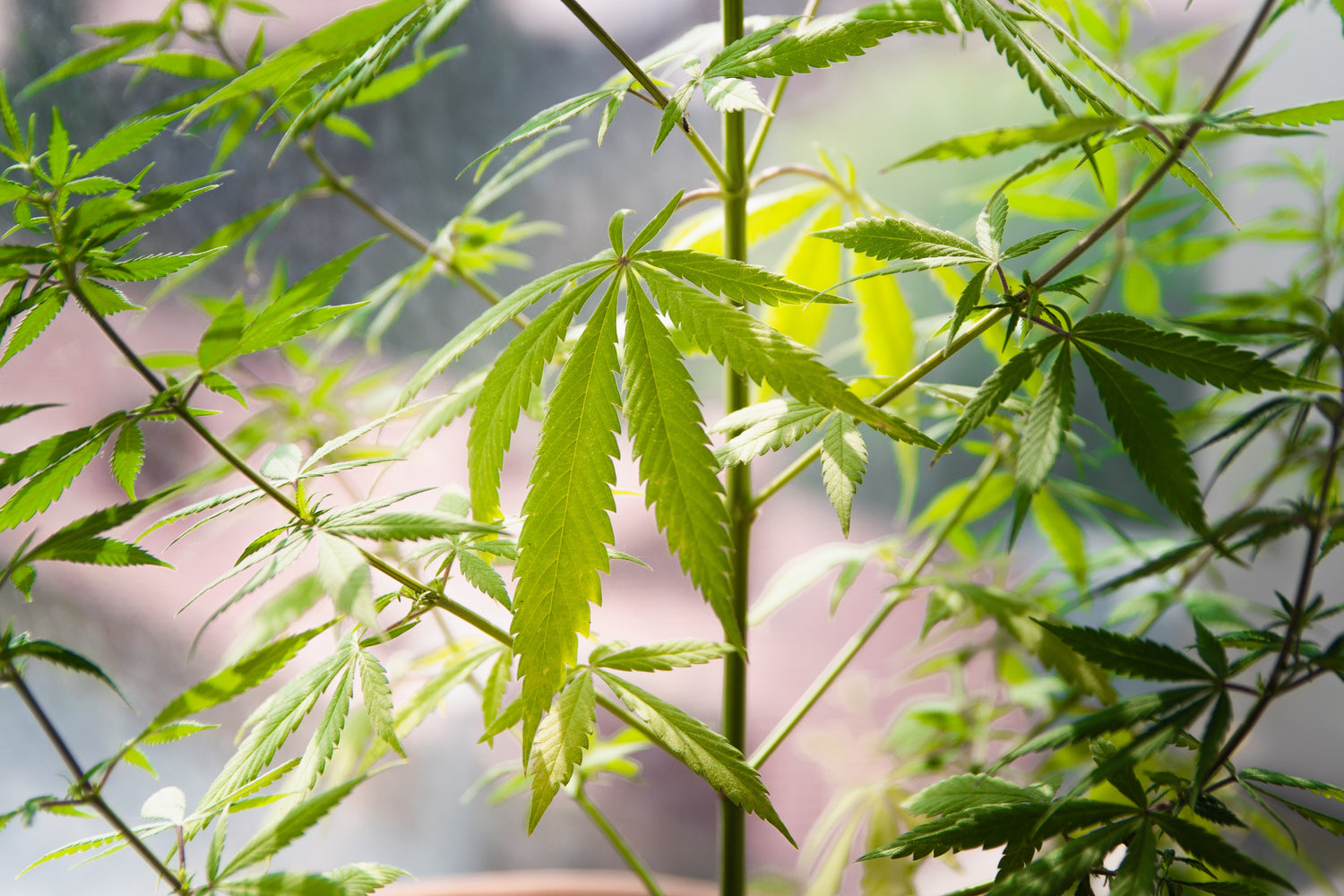The medicinal properties of CBD from cannabis and hemp were well known to the Egyptians some 2000 BC. In Asia, cannabis is also mentioned in ancient texts from China from 2300 BC. The epic of hemp and its derivative cannabis is therefore not new, it is even one of the first plants domesticated by man, in particular for the quality of its fibers used for rope on the ships.
Resisting the most capricious storms, wouldn't cannabis have been a great pastime shared by sailors in their solitude on distant seas? Forbidden ? Oh no! CBD has been tolerated in France since November 2019, legalized since June 2021. It still wrongly has a bit of a bad press due to its proximity to THC and its origin with cannabis, but its virtues and therapeutic benefits are nevertheless well and truly proven. by science.
Let's discover together the history of cannabidiol, this molecule extracted from Cannabis Sativa with a thousand and one therapeutic virtues.
Find our saga on the blog dedicated to CBD:
"CBD or cannabidiol, what is it?"
"CBD, how does it work in our body?"
"The History and Discovery of CBD"
"CBD, your well-being ally for top sexuality"
"CBD to relieve symptoms of menopause"





